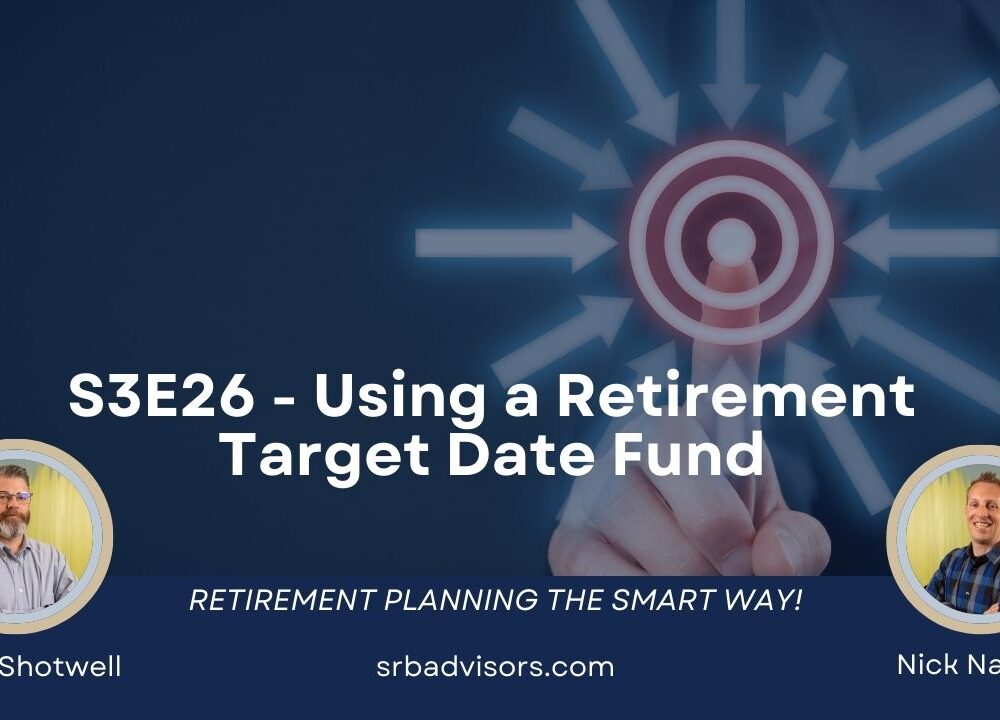What is the Right Amount of Cash in a Portfolio?

We recently posted an article explaining why, even though money markets and certificates of deposit may have very attractive yields right now, we can’t allow ourselves to over-allocate to cash investments. The too-long/didn’t read version: Over time, money markets and certificates of deposit have historically underperformed inflation, bonds, and stocks. Cash is good, but you can have too much of a good thing.
While we believe that too much cash is not good, we believe savings accounts, money markets, and certificates of deposit should play a role in everyone’s financial plan. These vehicles offer a safe, secure buffer against the short-term whims of the stock and bond markets. They are the best place to keep your emergency funds, money needed for near-term projects, and current income.
How much cash is the right amount of cash?
Here’s how to think about savings vehicles and their role in your portfolio:
- Start with your emergency/contingency fund: Money that is for emergency spending needs to be kept liquid and safe, and money markets and other cash investments generally fit that bill. For pre-retirees, there are rules of thumb for how much to stash in your contingency fund. Three to six months’ worth of expenses or income is a good starting point. Add to that a little more or a little less depending on how secure you feel about your regular income. If layoffs or job changes are likely, or if you are worried about your health and ability to work, then a larger contingency fund is in order.
For retirees, we aren’t worried about job losses and income interruption, but instead, portfolio cash-flow needs and the surprise spending needs that come along, such as an unplanned auto or home repair. While it’s impossible to come up with an exact number for these needs, we should be able to come up with something reasonable and plan to set that amount aside in cash investments. For a contingency fund, think about your lifestyle and what might be the biggest unplanned expense that might arise. This could include insurance deductibles, replacing vehicles, and major uninsured home repairs.
2. Consider income needs from the portfolio. If you are using your portfolio for retirement income, then in addition to your contingency fund an allocation to cash investments should include around two years’ income need. While stocks and bonds produce superior returns over time, two years is too short a time to rely on positive markets, and we want to be sure we have those needs covered in safe, secure assets such as money markets or certificates of deposit. So, if you are withdrawing $1000 / month from your portfolio and figure you want a contingency fund of $20,000 for surprise expenses, an allocation to cash investments of $44,000 feels about right ($1000 / month x 24 months + $20,000 for emergencies).
3. Where the cash holdings should be located within your portfolio requires some thought as well. Younger investors, during their working years, should generally have their contingency funds and short-term spending needs saved in checking and savings accounts through a bank or credit union, while their retirement accounts are fully invested in (mostly) stock funds and bond funds. A retiree using their IRA for income should consider shifting those investments so that two years of income needs inside the IRA are safer assets. More may be appropriate, depending on how much you have designated for contingency funds and how much you hold outside of IRA assets. For example, if our retiree taking $1000 / month from their retirement account has $20,000 in the bank for contingencies, setting aside $24,000 inside the retirement account in money market savings as a buffer might make sense.
Historically, allocating money to savings accounts, money markets, and certificates of deposit is a drag on returns, and we would expect a lower return overall by taking this approach. However, by providing some insulation against the ups and downs of the stock and bond markets so that we do not have to sell those investments in lousy markets, the right amount of cash makes for a better portfolio.
About Shotwell Rutter Baer
Shotwell Rutter Baer is proud to be an independent, fee-only registered investment advisory firm. This means that we are only compensated by our clients for our knowledge and guidance — not from commissions by selling financial products. Our only motivation is to help you achieve financial freedom and peace of mind. By structuring our business this way we believe that many of the conflicts of interest that plague the financial services industry are eliminated. We work for our clients, period.
Click here to learn about the Strategic Reliable Blueprint, our financial plan process for your future.
Call us at 517-321-4832 for financial and retirement investing advice.
Share post:
